RESTORATION, PRESERVATION & ARCHIVING
MENU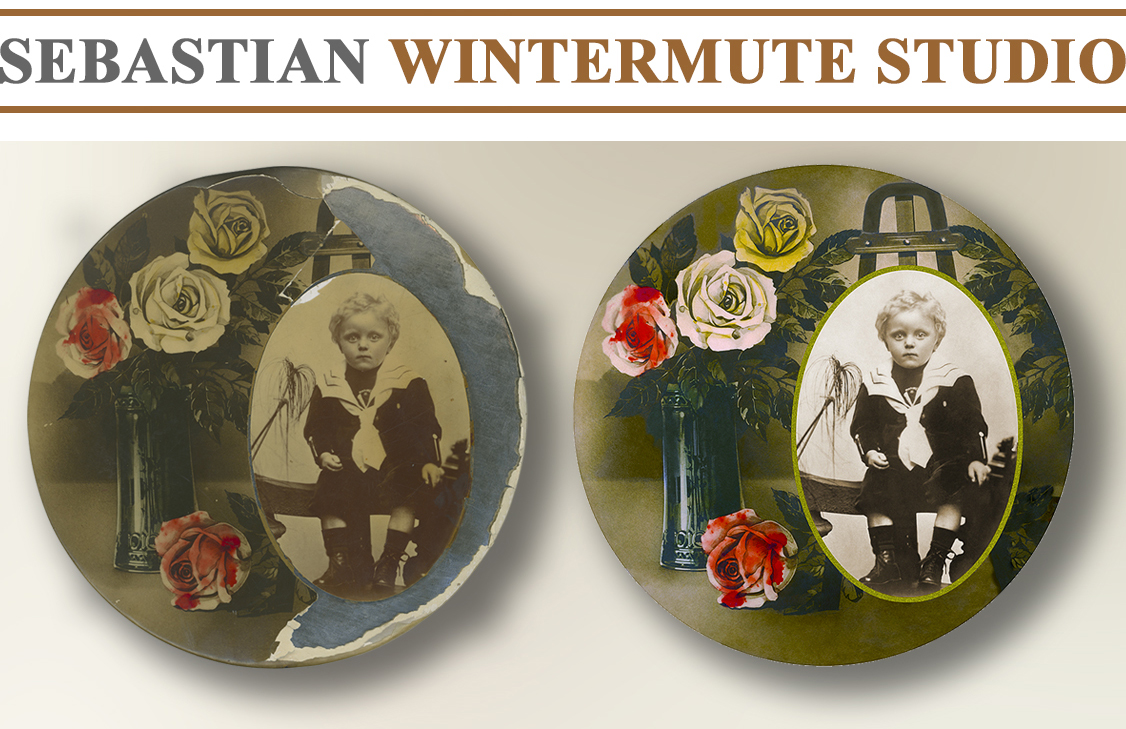
RESTORATION OF A PHOTO MEDALLION
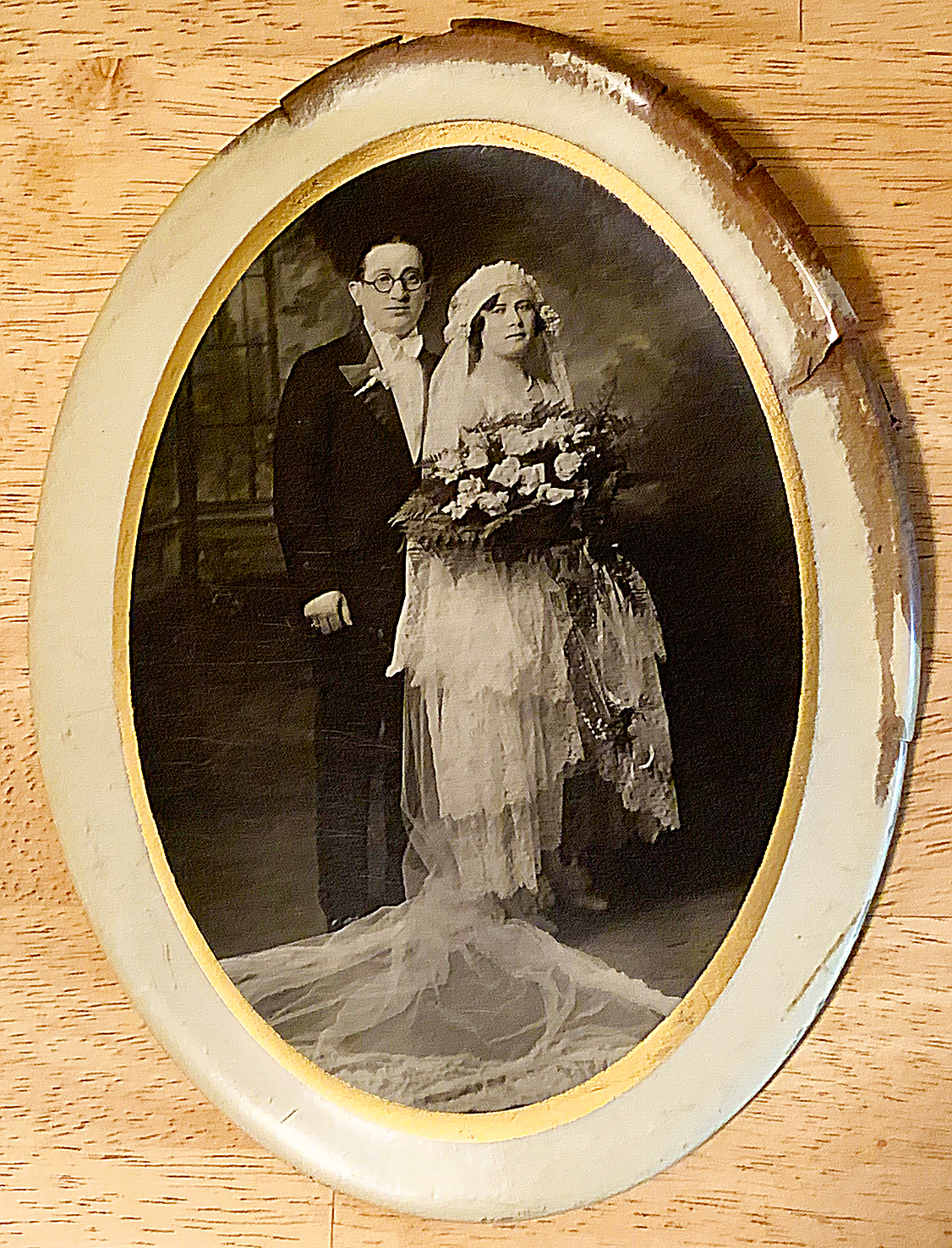 Photo medallion was a popular service offered by many Five and Dime and Department Stores photo studios in the first half of the 20th century. To make a medallion, a photograph would be glued to a piece of card stock with bits of shredded newspaper added as backing material. The whole thing would be stretched over a large metal medallion, and for good measure, the whole thing would be covered with a thick layer of shellac or some other type of clear lacquer. Many of such medallions would be proudly displayed on fireplace mantels or on bookshelves, next to other treasured family heirlooms. Over time, the internal stresses caused by stretching often result in cracks developing in the surface of the photographs and the breaking off of brittle pieces.
Photo medallion was a popular service offered by many Five and Dime and Department Stores photo studios in the first half of the 20th century. To make a medallion, a photograph would be glued to a piece of card stock with bits of shredded newspaper added as backing material. The whole thing would be stretched over a large metal medallion, and for good measure, the whole thing would be covered with a thick layer of shellac or some other type of clear lacquer. Many of such medallions would be proudly displayed on fireplace mantels or on bookshelves, next to other treasured family heirlooms. Over time, the internal stresses caused by stretching often result in cracks developing in the surface of the photographs and the breaking off of brittle pieces.
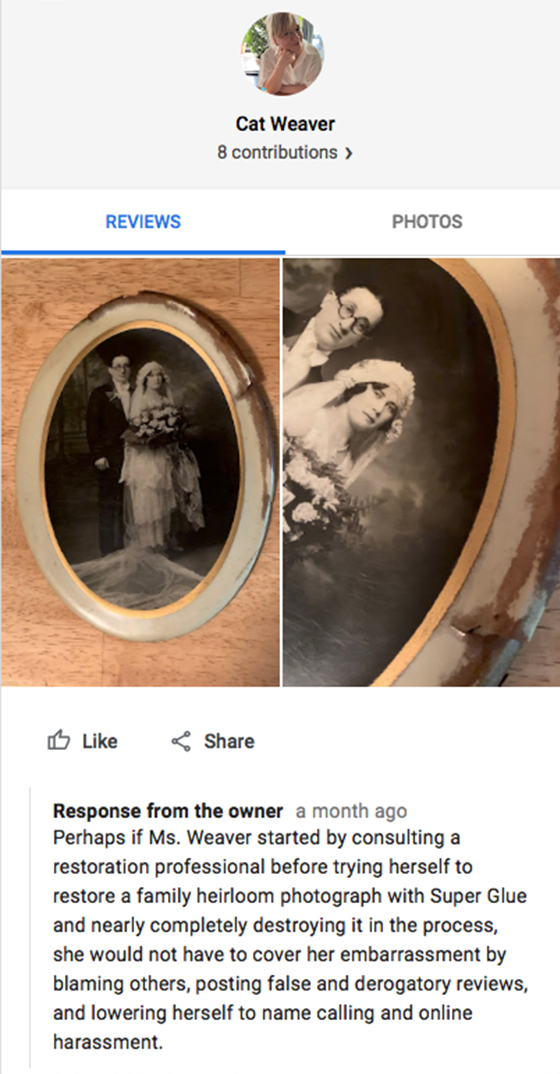 Even an experienced conservation and restoration artist finds working on such photographs to be an extremely challenging undertaking that requires good knowledge of materials and restoration techniques.
Even an experienced conservation and restoration artist finds working on such photographs to be an extremely challenging undertaking that requires good knowledge of materials and restoration techniques.
An attempt by an amateur who thinks that just about anything can be fixed with Super Glue or clear tape can be utterly disastrous, resulting in further damage if not a total loss of a piece of great personal or historic value.
In most cases, a damaged photo medallion can be restored by applying solutions specially formulated to make the material pliable again and by using adhesives, which are known not to produce any dangerous chemical reactions, to fix the separated pieces in their proper places. In cases where damages are too severe or if large areas of a photograph are lost, a photograph can still be restored by making a reproduction with all damages digitally retouched and lost pieces replicated.
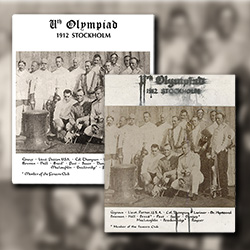
|
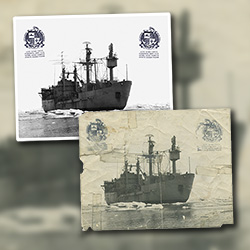
|
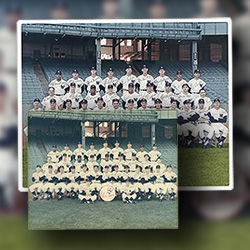
|
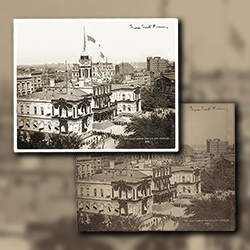
|
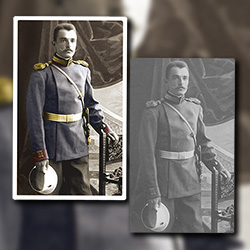
|
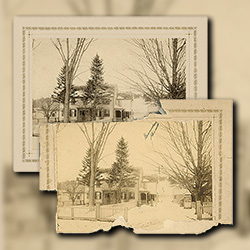
|
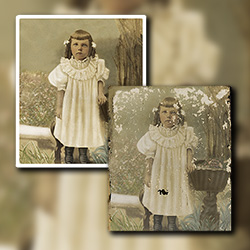
|
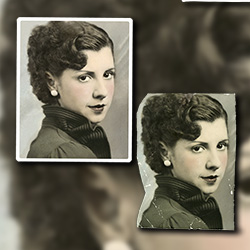
|
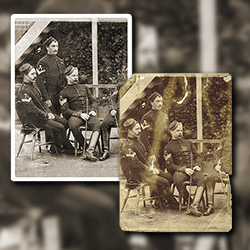
|
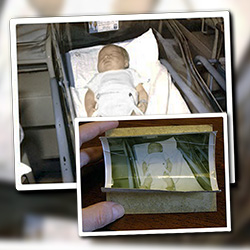
|
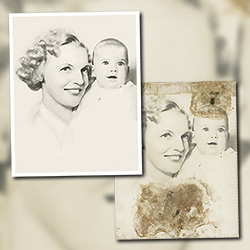
|
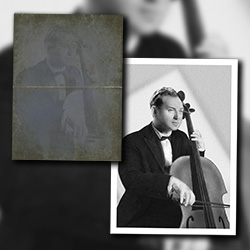
|
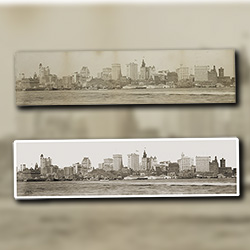
|
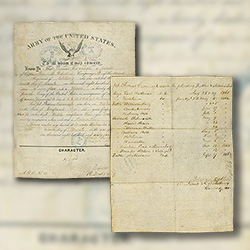
|
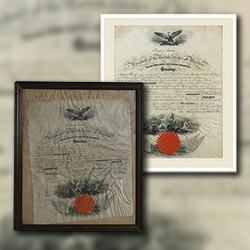
|
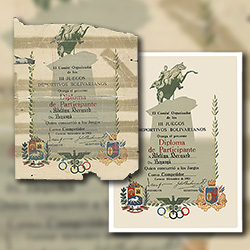
|
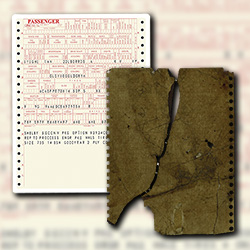
|
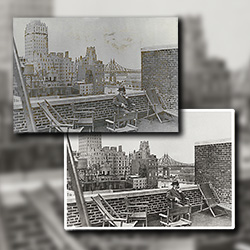
|
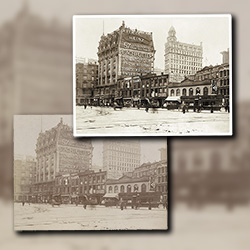
|
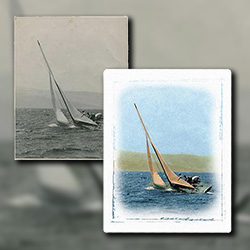
|
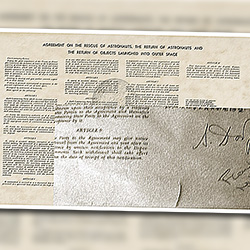
|
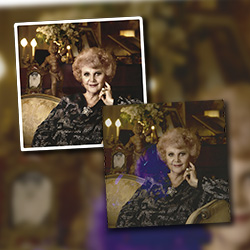
|
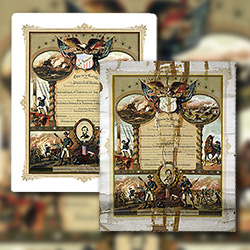
|
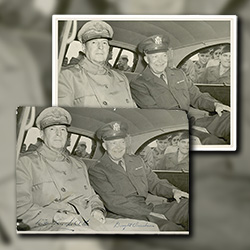
|

|
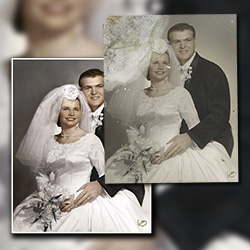
|
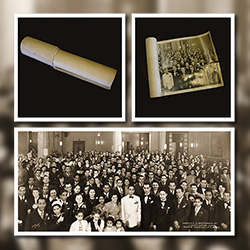
|
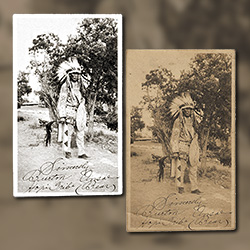
|
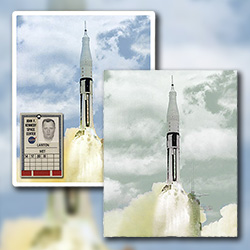
|
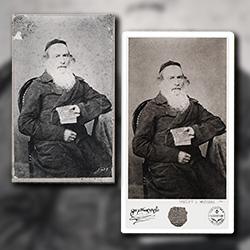
|
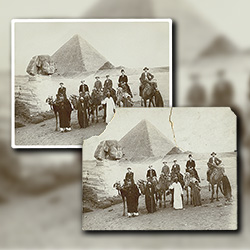
|
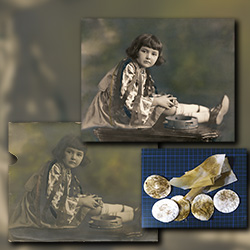
|
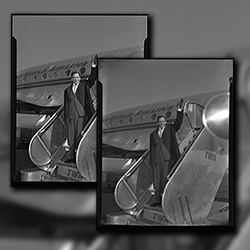
|
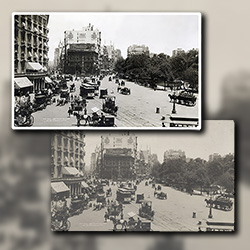
|
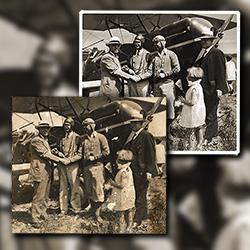
|
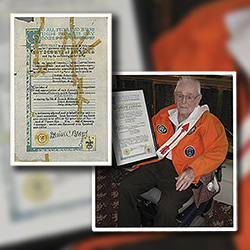
|
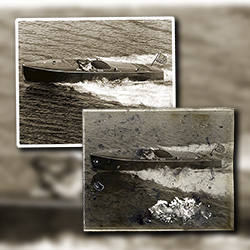
|
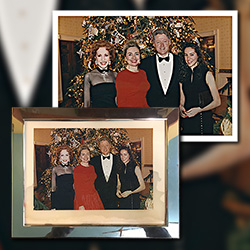
|
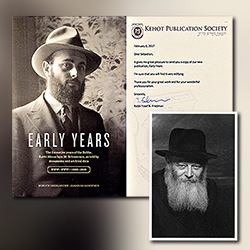
|
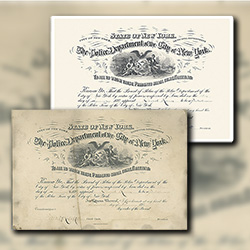
|

|
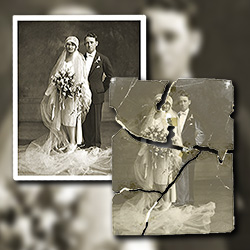
|
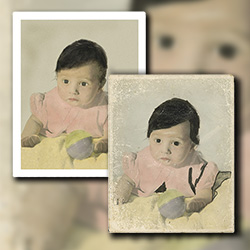
|
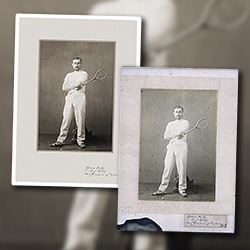
|
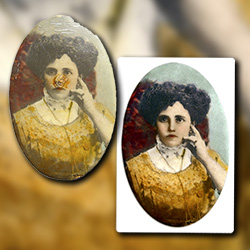
|
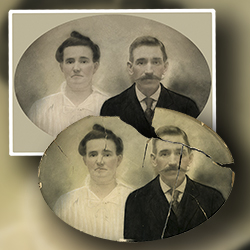
|
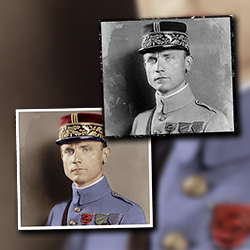
|
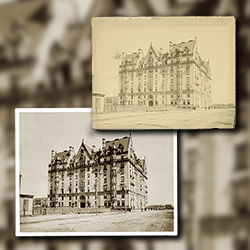
|
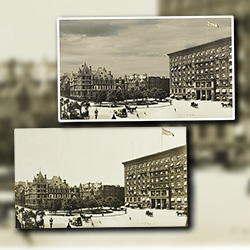
|
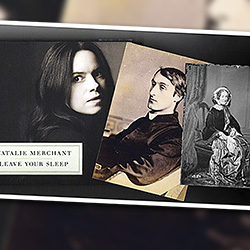
|
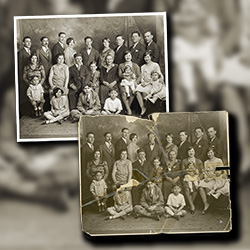
|
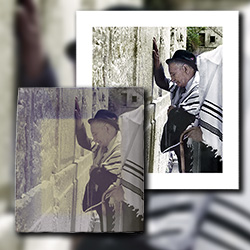
|
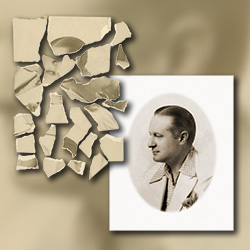
|
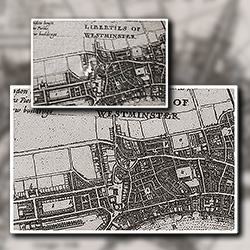
|
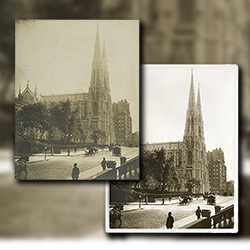
|
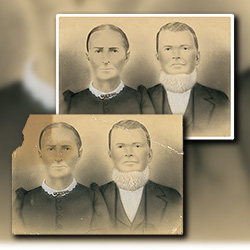
|
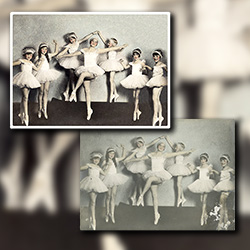
|
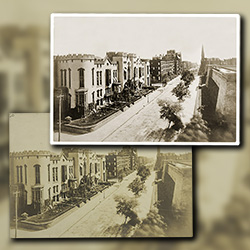
|
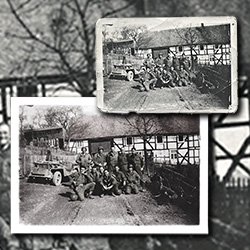
|
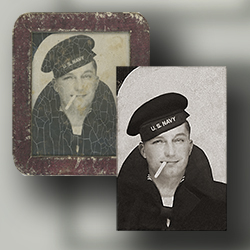
|